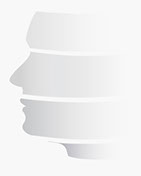
New Painless Sphenopalatine Ganglion Block
Treatment of chronic migraine with an sphenopalatine ganglion (SPG) block using intranasal technology (Tx360, Tian Medical) effectively reduces the frequency and severity of pain associated with the headaches up to a month after treatment, a new trial shows.
"We expected the reduction in headaches during treatment, but it was a surprise to see the continued effect even a month after treatment," presenting author Ryan Cady, MS, from the Banyan Group Inc, Springfield, Missouri, told Medscape Medical News.
Blocking of the SPG, a small structure of neuronal tissue near the sphenopalatine implicated in orofacial pain, has long been used in the treatment of chronic migraine, but the duration of relief has often been limited because of poor accuracy in accessing the SPG.
Although the block is traditionally applied by using a cotton swab, the intranasal technology, which has approval from the US Food and Drug Administration, is unique. It uses a small, flexible plastic tube that can be extended in the intranasal space.
The study is the first double-blind, randomized, controlled trial of such a device to provide evidence of efficacy, the researchers said. The treatment was repeated twice weekly for 6 weeks.
The study is unique as it is the first randomized controlled trial concerning SPG block for the treatment of migraines. The study builds on previous research showing similar benefit of SPG block in cluster headache.
We offer this treatment at Center for Headache Medicine! Make an appointment to discuss this effective treatment option.

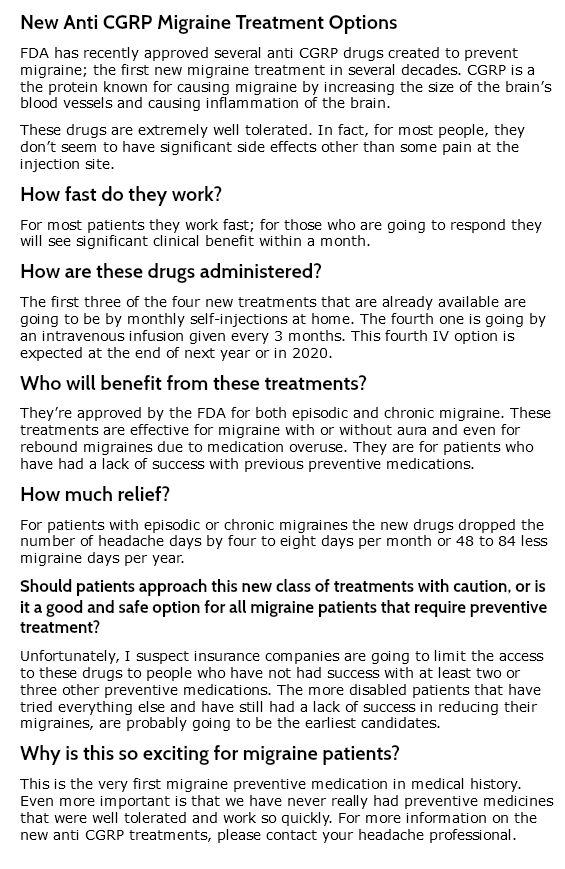
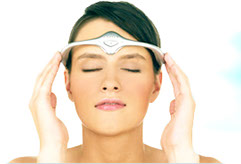
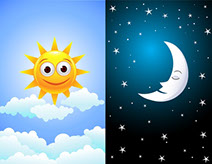
Neurostimulation Effective in Migraine Prevention
The first randomized controlled with a device that stimulates the trigeminal nerve in the head has shown a moderate effect in the prevention of migraine is now FDA approved.
The device (Cefaly, STX-Med, Herstal, Belgium) is worn like a headband and stimulates the nerve through the skin. In the study, using the device for 20 minutes each day was associated with a 25% reduction in migraine days from baseline and a 19% reduction in migraine attacks...
You will need a prescription from a doctor to order it.
(This has been about 30% effective in 90% of CHM patients! More importantly, you should not develop tolerance to this form of treatment which happens with medications. You can order the device through Center for Headache Medicine (CHM). Make an appointment today to discuss if this device may be appropriate for your headaches.- DSL) Click on the link below to see the study that was published in the Neurology journal.
Neurology. 2013;80:697-704, 694-694. Published online February 6, 2013.
Melatonin Aids in Migraine Prevention
San Diego, California — Melatonin, which is widely available in North America as an over-the-counter supplement, is more effective than placebo for migraine prevention and has a more favorable adverse effect profile than the tricyclic antidepressant amitriptyline, new research shows.
Results from a multicenter, randomized, double-blind, placebo-controlled trial showed that 3 mg of melatonin was more effective than placebo and had efficacy similar to that of 25 mg of amitriptyline. Furthermore, it was better tolerated than amitriptyline, with lower rates of daytime sleepiness and no weight gain.
(This has been about 30% effective in CHM patients. - DSL)
OTC Supplement May Aid in Migraine Prevention. Medscape. Mar 26, 2013.

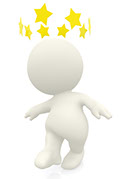
Undiagnosed Dizziness may be Migraine
Migraine may present with or as attacks of vertigo (a spinning sensation when you move your head or even just your eyes) and are often called vestibular migraines. The vestibular system is a critical part of the balance center related to movement of the head and especially the eyes.
Vestibular Migraine in Children
Benign dizziness in childhood is often an early manifestation of vestibular migraine. It is characterized by brief attacks of spinning or unsteadiness, anxiety, and often abnormal movements of the eyes (nystagmus) or vomiting, recurring for months or years in otherwise healthy young children. Many of these children later develop migraine, often years after dizzy attacks have ceased.
Presentation in Adults is More Complex
Vertigo associated with migraine is identified by the duration of individual attacks (often as long as the head position is maintained in vestibular migraine vs. seconds only in Benign Paroxysmal Positional Vertigo (BPPV)), duration of symptomatic episodes (minutes to days in vestibular migraine vs. weeks in BPPV) and the absence of nystagmus. Frequent additional symptoms are head motion intolerance, i.e., imbalance, illusory motion, and nausea aggravated or provoked by head movements. Visually induced dizziness, that is vertigo provoked by moving visual scenes such as traffic or movies, can be another prominent feature of vestibular migraine. Auditory symptoms, including hearing loss, tinnitus (ringing), and pressure in and around the ear have been reported in up to 38% patients with vestibular migraine. Many patients experience attacks both with and without headache. In patients with dizziness and no headache it is important to ask about phonophobia, osmophobia, and visual or other auras. Finally, a favorable response to anti-migraine drug may support the suspicion of an underlying migraine mechanism. If you have undiagnosed dizziness and a history of headaches, see a headache specialist as you may have vestibular migraines.
Last Month
Current
2 Months Ago
3 Months Ago
NEW HOPE
Site Map
Disclaimer
